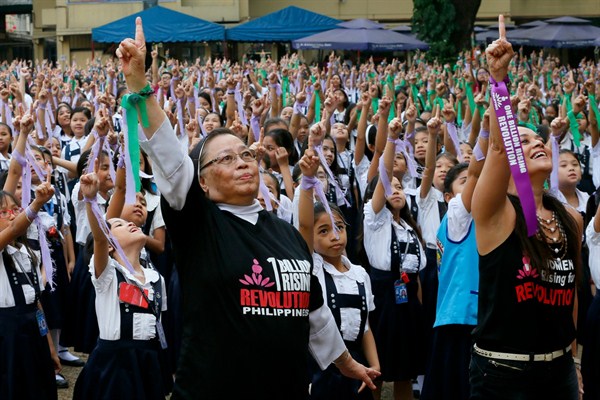Most studies of violence and conflict usually focus on political motivations. But the ubiquity of gender-based violence in many if not most societies has now pushed this social issue into the analysis of patterns and trends in violence more broadly.
Political and social scientists who study conflict often focus on disputes over land, resources and political power as determinants of where violence occurs and persists. Gender-based violence in conflict situations has largely been seen as a byproduct of war. The United Nations has increasingly given attention to crimes against women as war crimes, creating a special representative for sexual violence in conflict in 2009.
But gender-based violence in countries not at war is trickier to assess. Some experts are beginning to view violence against women, whether at home or work or in the public space, as a form of internal conflict that must be included in serious assessments of the trends in overall violence and instability. Last week, the Asia Foundation—where I am a trustee emerita—released a major study looking at violence and conflict in 14 Asian countries where the foundation has field operations to promote good governance, economic reforms and peace.

